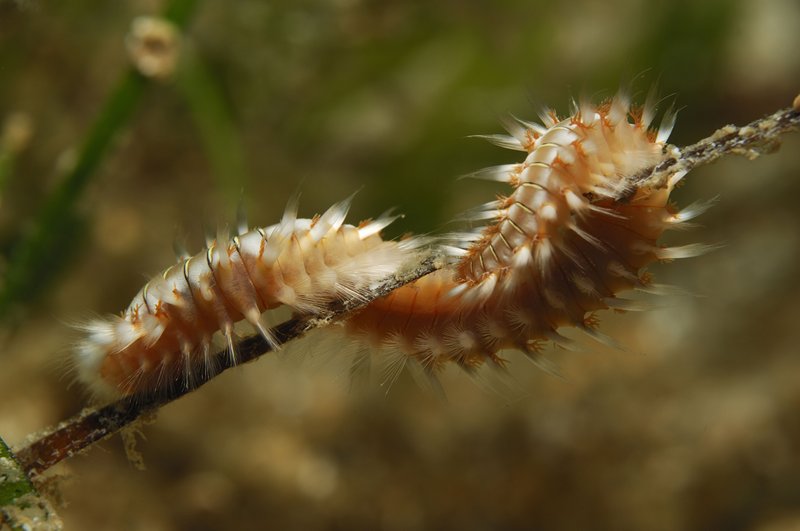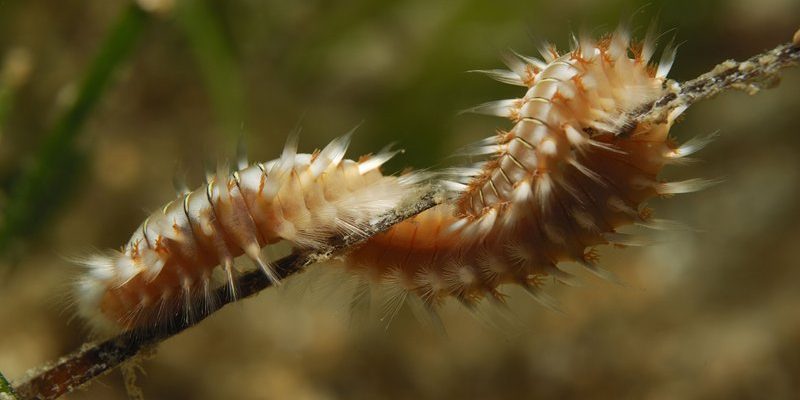
Bristle worms, known scientifically as *Polychaeta*, are often found in marine tanks. They play a crucial role in the ecosystem, acting as scavengers. But when they multiply unexpectedly, it can turn into a problem. Understanding why this happens can save you a lot of stress and keep your tank healthy and balanced.
So, pour yourself a cup of coffee, and let’s dive into the world of Bristle worms!
Understanding Bristle Worms: The Basics
Before we get into the reasons why these worms explode in numbers, let’s understand what they actually are. Bristle worms are segmented worms with bristle-like structures on their bodies. They come in various colors, from red to bright yellow. You might even spot them hiding under rocks or in the substrate, appearing at night.
Why are they here? Well, they are pretty much a part of the saltwater aquarium ecosystem. They help break down organic waste, which, in the right conditions, can lead to a population boom. Think of them as the unsung heroes of your tank, keeping it clean and tidy… as long as they’re not overdoing it.
Causes of Sudden Population Growth
You might be wondering, “What triggers these little guys to multiply so quickly?” There are several factors that can cause this sudden increase in their numbers:
- Excess Food: If you’re overfeeding your fish, the leftover food can provide a feast for Bristle worms. More food means a happier worm population!
- High Nutrient Levels: Elevated nutrients, often from decomposing organic matter, can create an ideal breeding ground for these worms. They thrive on detritus, so if there’s a lot available, they’ll take advantage.
- Stable Conditions: Bristle worms like stable, warm conditions. If your tank is at a comfortable temperature and the water parameters are just right, they can breed more easily.
Just think of it like a garden: if you water it too much and leave fertilizer lying around, weeds (or in this case, Bristle worms) will grow like crazy!
Signs You Have a Bristle Worm Overpopulation
It’s worth knowing how to spot a Bristle worm problem before it gets out of hand. Here are some signs to look for:
Visible Worms: If you notice numerous worms crawling on your rocks or substrate, especially at night when they’re most active, you might have an overpopulation issue.
Dead Fish or Corals: Unfortunately, Bristle worms can contribute to the demise of your tank’s inhabitants. They are scavengers but can be opportunistic feeders on dying fish or corals. If you see an uptick in casualties, the worms could be a factor.
Cloudy Water: A sudden increase in cloudiness might indicate that too much organic matter is breaking down in the tank, which can feed the worms.
If you’re noticing these signs, it’s time to take action!
How to Manage Bristle Worm Populations
Now, let’s talk about solutions to manage these slippery little critters. Here are some effective strategies:
- Decrease Feeding: Cut back on how much you’re feeding your fish. It’s easy to overdo it, but remember that not all food needs to be consumed at once. Monitor their eating habits and adjust accordingly.
- Increase Tank Maintenance: Regularly clean your tank to remove any uneaten food or debris. Consider doing more frequent water changes to keep nutrient levels in check.
- Introduce Natural Predators: Some fish, like wrasses, will eat Bristle worms. Adding these to your tank can help control their numbers naturally.
Taking these simple steps can help manage your Bristle worm population without harsh chemicals or drastic measures.
When to Worry About Bristle Worms
While Bristle worms can be beneficial, there’s a fine line between helpful and harmful. Here’s what you need to consider:
Tank Biodiversity: If you have a healthy mix of marine life, a few Bristle worms are usually no concern. However, in a smaller or more delicate ecosystem, they can become a nuisance.
Competition for Resources: If you notice that your fish are struggling for food or space due to an overwhelming Bristle worm population, it might be time to intervene.
Coral Health: If your corals are showing signs of stress, it might be linked to having too many Bristle worms. Corals can be sensitive, and an imbalanced tank can lead to greater issues.
It’s like keeping an eye on your garden; too many weeds can choke out your flowers. So, be sure to keep the balance!
Long-Term Prevention Tips
To avoid future Bristle worm explosions, consider these long-term strategies:
- Optimize Feeding Practices: Invest in a good feeding schedule and stick to it. Less is often more when it comes to fish food!
- Regular Testing: Test your water regularly for ammonia, nitrites, and nitrates. This keeps your tank’s environment in check.
- Aquascaping: Arrange your tank in a way that discourages worm hiding spots. Less hiding means fewer worms can breed.
Once you nail down these practices, your tank’s ecosystem will become more balanced, minimizing the chances of Bristle worms taking over.
Bristle worms may seem like an unwelcome surprise, but they play a key role in a healthy aquarium if kept in check. By understanding why they multiply and how to manage their population, you can foster a thriving underwater environment. Remember to keep an eye on your tank’s balance, and with a little effort, you can ensure that Bristle worms remain just that—small contributors, not overwhelming guests.
So the next time you spot a squirmy Bristle worm, don’t fret. Instead, take a moment to appreciate the unique ecosystem you’ve created and keep those little guys in line!

